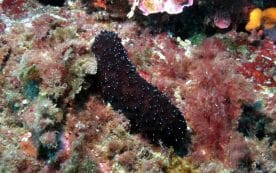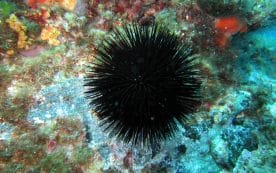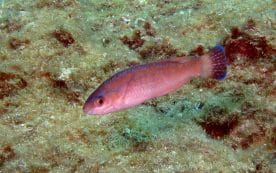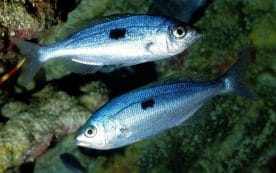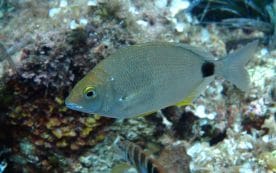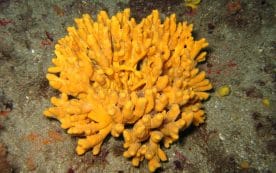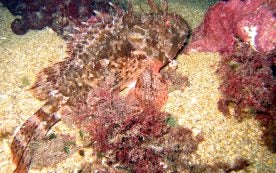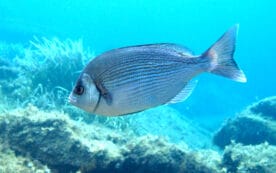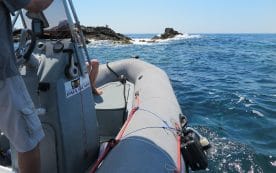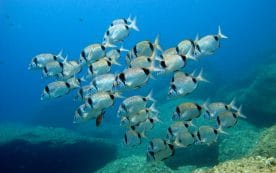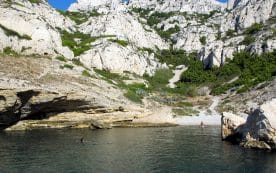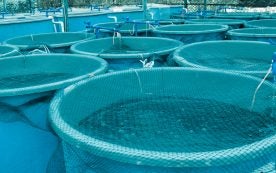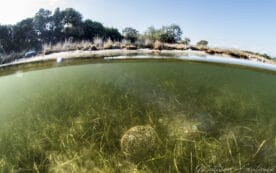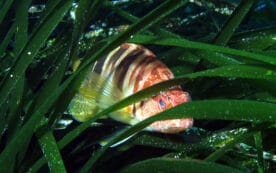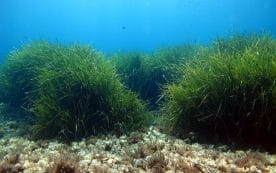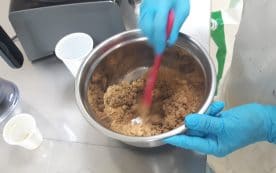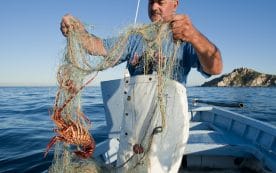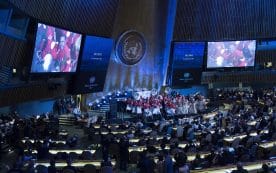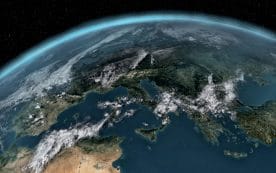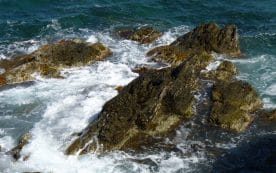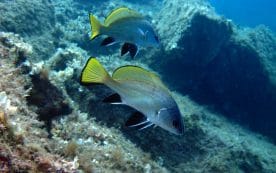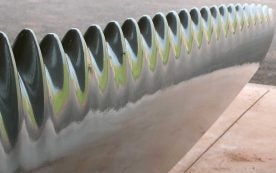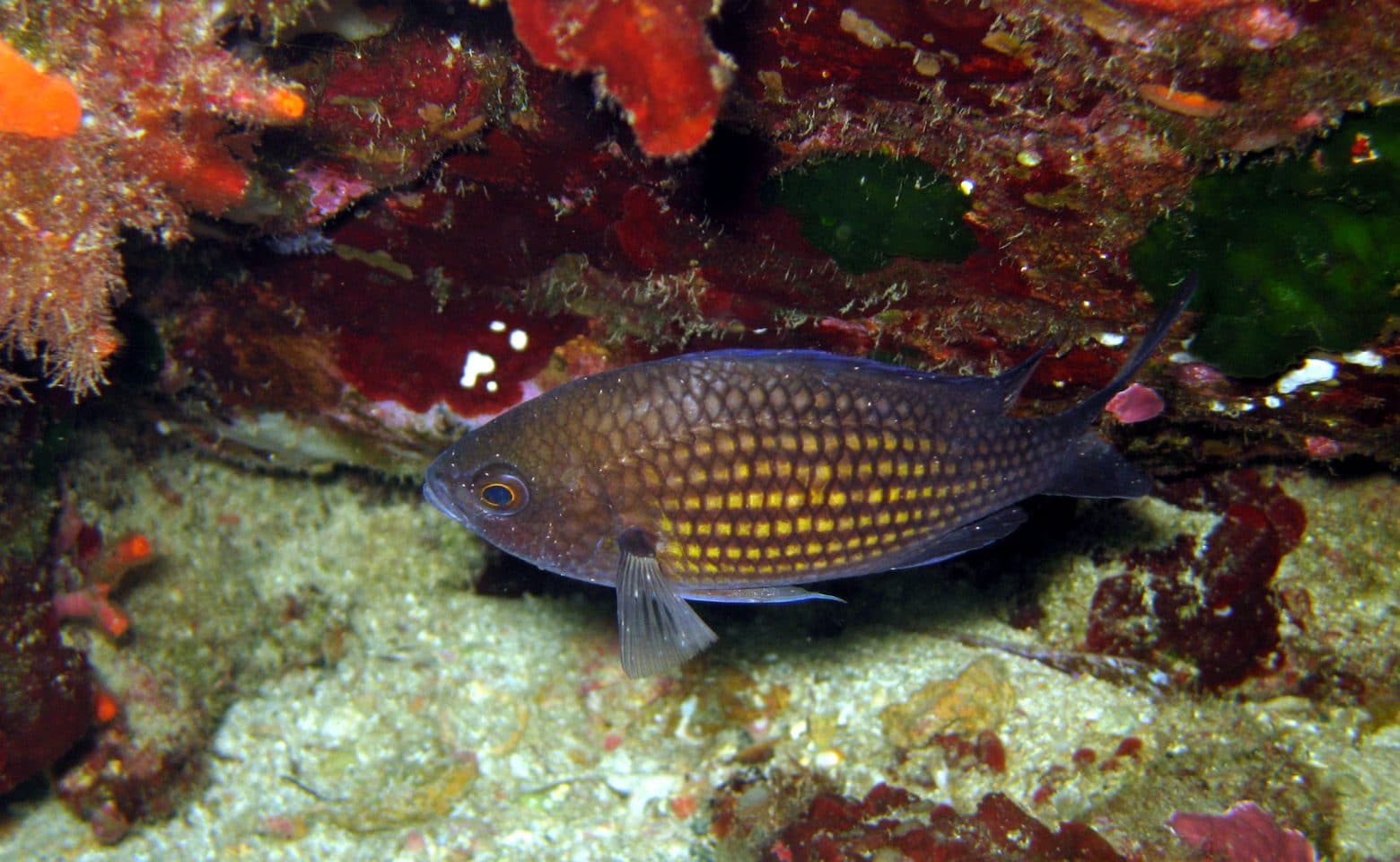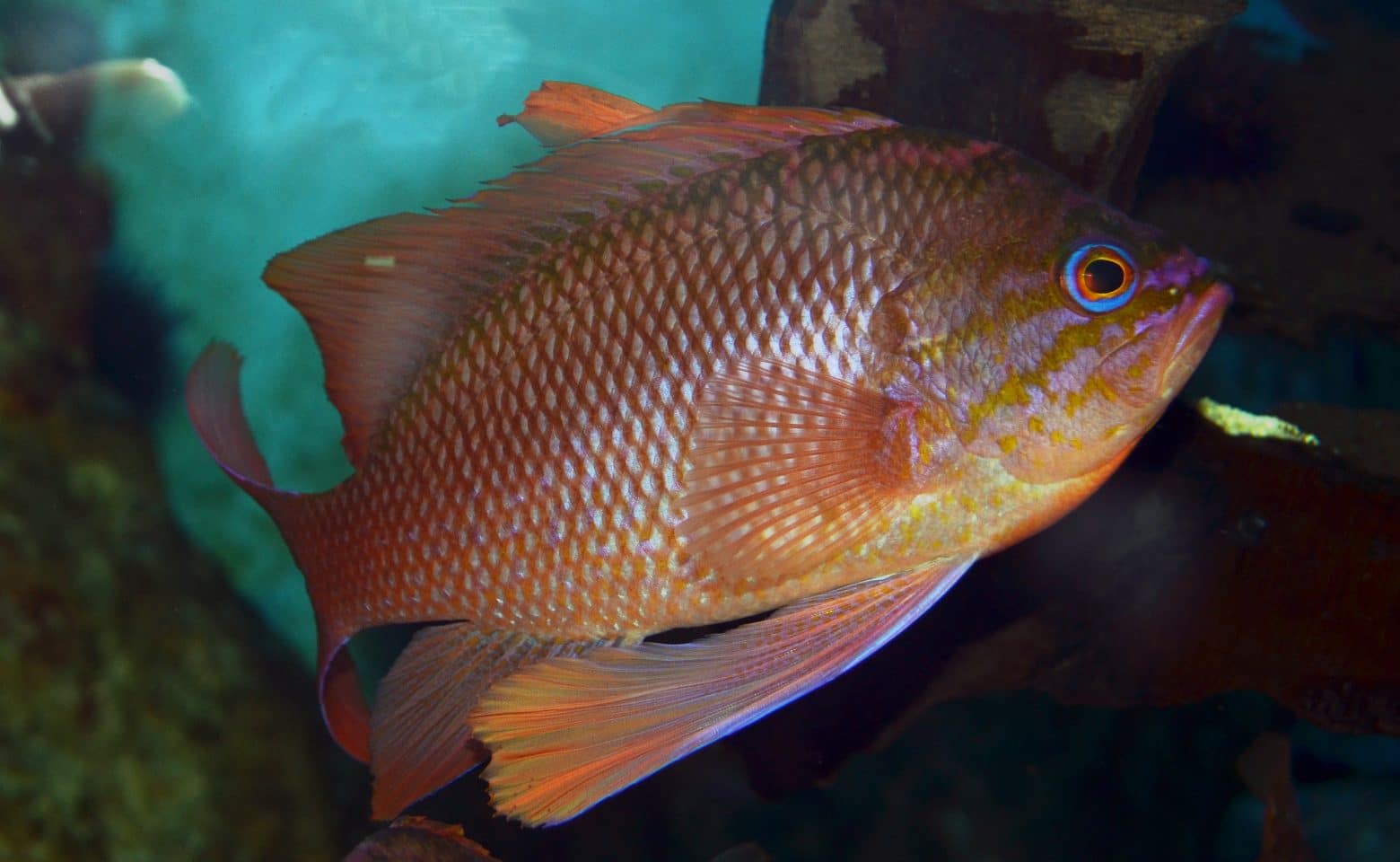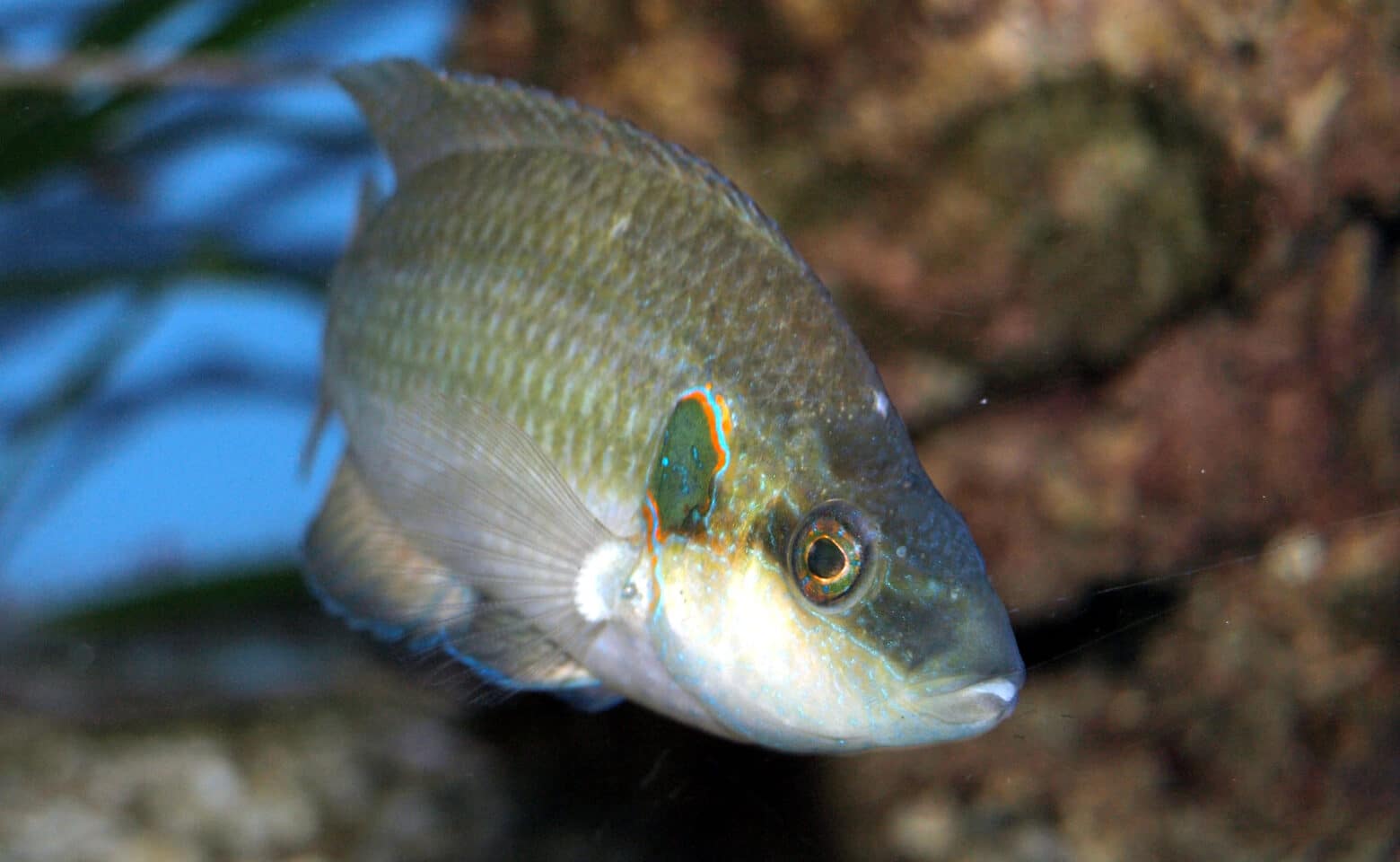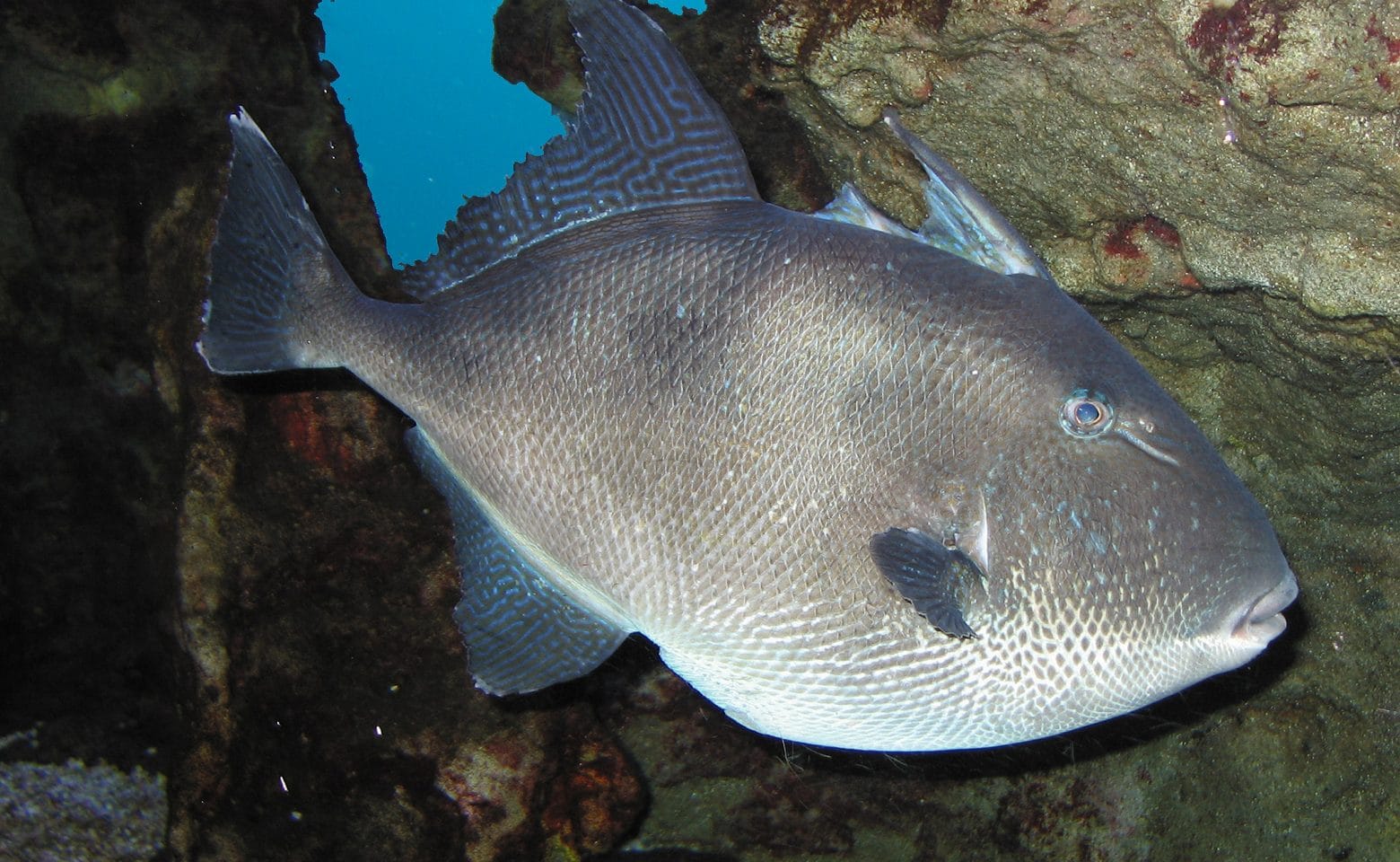At the Saint-Pierre Fort, visitors to the Aquarium can observe common fish like seabream, grouper, saddled seabream or mullet, but also crustaceans, lobster, spiny lobster and hermit crabs, gorgonians, anemones, sea urchins and sponges. Each biotope is recreated so that a small corner of the sea can be observed. The aquarium also serves to teach children about the marine environment during school trips.
As well as a place where everyone, young and old, can discover the first few meters below the surface of the sea, the aquarium is also dedicated to breeding. Every year, dozens of births take place in its tanks. Small-spotted catsharks, tiny boarfish and even seahorses produce their young as marine life goes on. These births help us better understand how these animals reproduce and are a valuable source of information for our researchers. They also help make the aquarium sustainable, as its curator Philippe Aublanc explains. We can avoid wild captures and even provide juveniles to other aquariums, as we already do for seahorses for example.
The direct supply of seawater from outside allows the aquarium to host its “residents” in conditions that are as close as possible to their natural environment. The circuit can be fully opened or closed to maintain ideal water quality and temperature as the seasons or requirements change.
Visitors can also learn more in the museum, which has collections on Mediterranean marine organisms and their habitats and some archaeological finds taken from wrecks around Les Embiez (Épave des Médailles).
The Institute is a founding member of the Union des conservateurs d’aquarium (UCA), and launched the European Union of Aquariums Curators (EUAC).
“We can only protect it well if we know it well !
The Institute’s aquarium may be small but it has great ambitions! Our Mediterranean species are presented in their biotope so that visitors will come to understand and love the sea…
The aquarium is an educational space where we can admire the beauty of marine creatures and understand how ecosystems function, how fragile they are and how they interact with our life on earth. All life on earth started in the oceans. If we can respect these foundations, then biodiversity will be stronger and richer.
It took a great deal of time and effort for us to learn to protect the environment on land. Do we respect the marine environment as we would a forest? The answer is no. Plenty of children take their fishing nets to the beach and parents congratulate them for catching a crab, which is then left high and dry on the sand. Everyone is allowed to fish at sea. Just imagine what would happen if we behaved the same way in the countryside, or in forests or gardens.
Just as zoos can help reveal the beauty and fragility of wildlife on earth, public aquariums should play the same role when it comes to marine life.“
Philippe Aublanc, Curator

